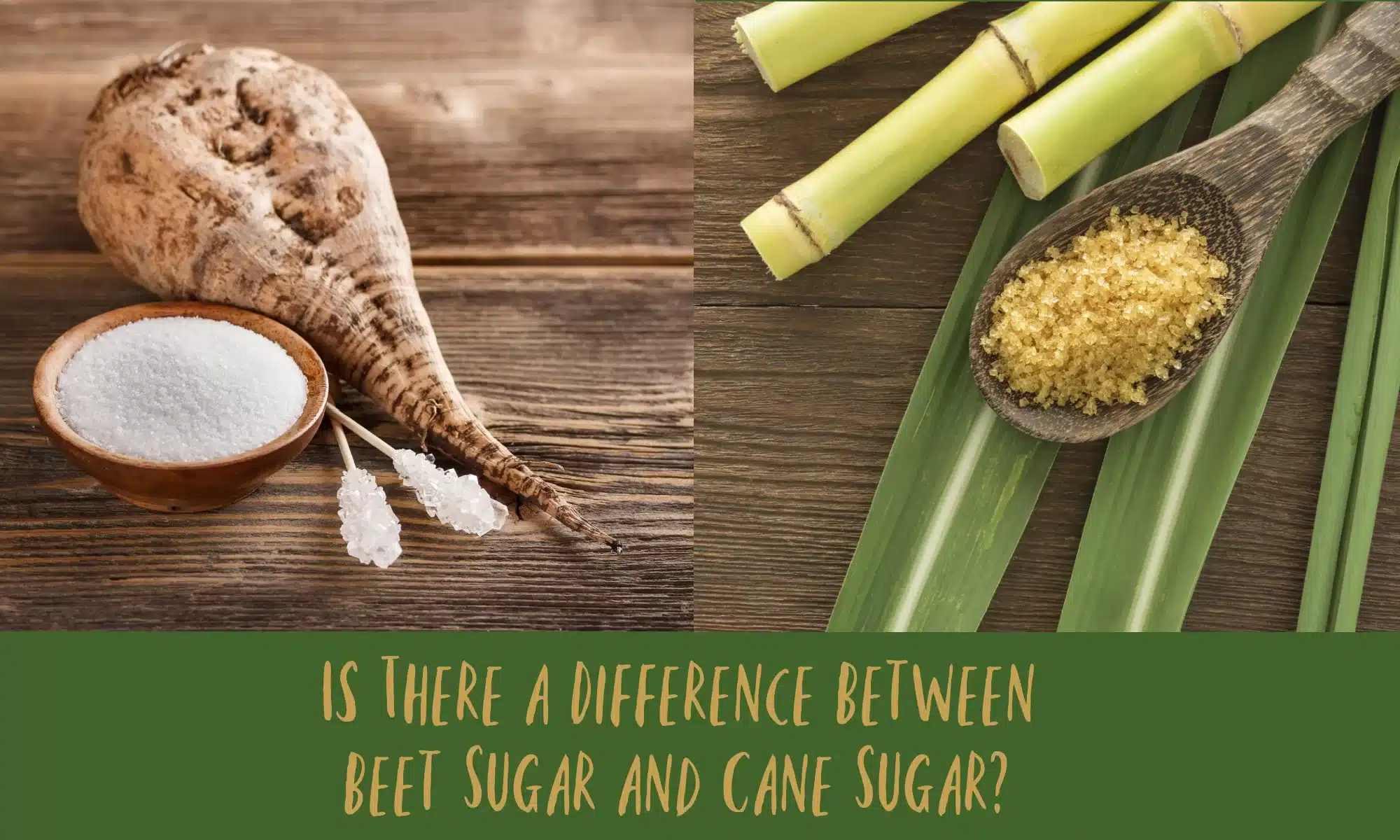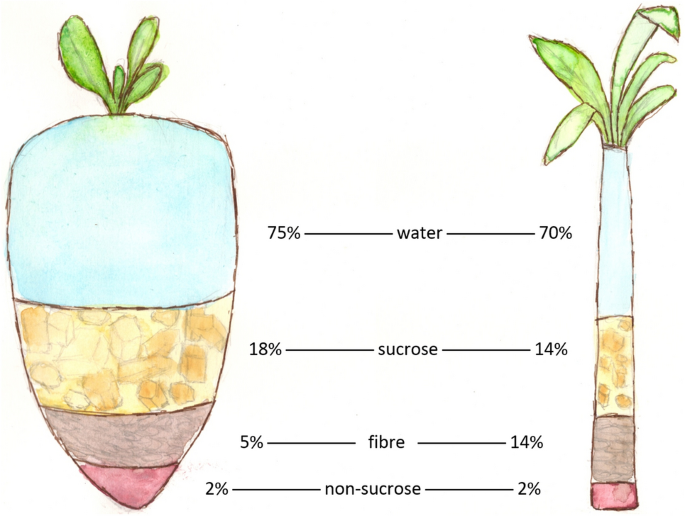Discover the Uses and Perks of Beet Sugar Vs Cane Sugar in Your Daily Diet Plan
Exploring the distinct high qualities of beet and cane sugar discloses even more than simply their sweetening capacities; it highlights their special influence on health and culinary arts. Beet sugar, understood for its subtle flavor, is usually preferred in delicate desserts, whereas cane sugar, with its hint of molasses, includes splendor to robust recipes. Each type holds its own nutritional profile and glycemic effects, inviting a much deeper understanding of their functions in a balanced diet regimen and sustainable intake methods.
Origin and Manufacturing Procedures of Beet and Cane Sugar

The unique climates and dirt types needed for expanding sugar beets and sugarcane contribute to differences in their growing methods and geographical distribution, affecting the economics and sustainability of their production. beet sugar vs cane sugar.
Nutritional Comparison Between Beet Sugar and Cane Sugar
Despite originating from various plants, beet sugar and cane sugar are nutritionally extremely similar, both largely being composed of sucrose. Each offers regarding 4 calories per gram, equating to roughly 16 calories per tsp. Structurally, both sugars are made up of about 99.95% sucrose, with marginal quantities of various other compounds like wetness and trace element, which do not substantially modify their nutritional profiles.

Ultimately, when choosing in between beet sugar and cane sugar based on nutritional web content alone, both offer similar advantages and downsides as they are essentially kinds of the same particle-- sucrose, providing fast energy without other nutrients.
Effect on Health: Glycemic Index and Caloric Content
Exploring further into the results of beet sugar and cane sugar on health and wellness, it is essential to consider their glycemic index and calorie web content. Both sugars are identified as sucrose, which includes sugar and fructose. This structure leads them to have a comparable influence on blood sugar level degrees. The glycemic index (GI) of both beet and cane sugar is around 65, categorizing them as high-GI foods, which can trigger quick spikes in blood sugar degrees. This is a crucial More Info element for people handling diabetes or those attempting to stabilize their power levels throughout the day.
Each kind of sugar includes around 4 calories per gram, making their calorie web content equivalent. For those keeping track of caloric intake, specifically when managing weight or metabolic health conditions, comprehending this equivalence is essential (beet sugar vs cane sugar). Excessive consumption of any type of high-calorie, high-GI food can add to health issues more info here such as excessive weight, heart disease, and insulin resistance.
Environmental and Economic Considerations of Sugar Manufacturing
Beyond health and wellness effects, the manufacturing of beet and cane sugar also raises substantial ecological and economic issues. Sugar beet farming has a tendency to need cooler environments and has a reduced geographical impact compared to sugar cane, which flourishes in tropical areas.
Furthermore, the use of chemicals and fertilizers in both beet and cane sugar cultivation can lead to soil destruction and air pollution, more affecting biodiversity and neighborhood water bodies (beet sugar vs cane sugar). The choice in between cultivating sugar beet or cane commonly pivots on regional ecological problems and financial factors, making the sustainability of sugar manufacturing an intricate issue
Culinary Applications and Taste Differences
While the environmental and financial aspects of sugar manufacturing are certainly considerable, the selection in between beet and cane sugar also influences culinary applications and flavor accounts. Beet sugar, stemmed from the sugar beet plant, is known for its remarkably neutral preference. This makes it a flexible ingredient in cooking, where it does not modify the taste of various other parts. It dissolves quickly and is ideal for usage in cakes, cookies, and pastries.
Cane sugar, removed from sugarcane, frequently maintains molasses traces, which present an unique richness and depth. This slight molasses taste enhances the complexity of baked items, sauces, and sauces. It is specifically preferred in items where a sugar undertone is wanted, such as in brownies or gingerbread. The slight variant in wetness material between beet and cane sugar can influence the texture and uniformity of meals, making cane sugar a recommended selection for particular dishes that benefit from click this link its one-of-a-kind homes.

Conclusion
In verdict, both beet and cane sugar have distinct beginnings and production procedures, supplying comparable nutritional accounts with minor differences in salt web content and flavor. While their impact on wellness, especially pertaining to glycemic index and calories, is similar, the choice in between them often steams down to ecological, economic aspects, and specific culinary needs. Comprehending these facets can guide customers in making notified decisions that align with their health goals and taste preferences.